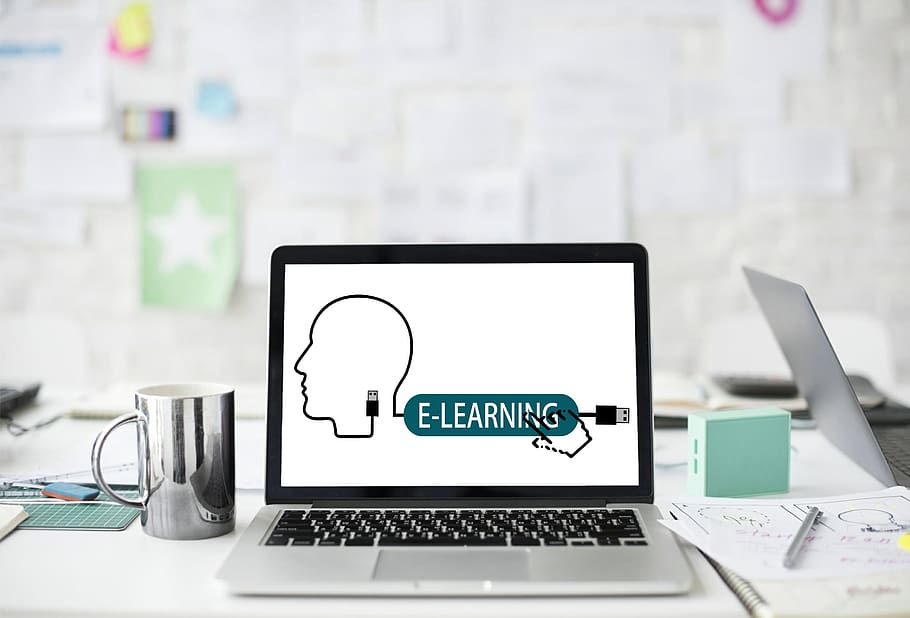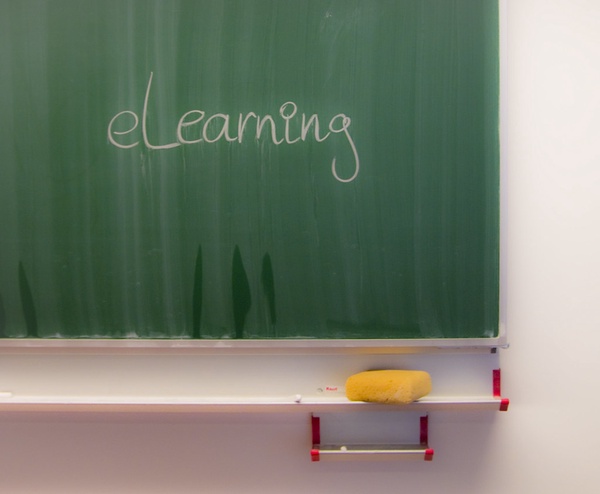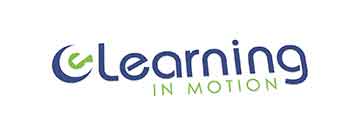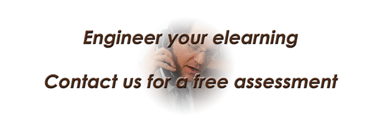When you are assigned the task of designing an eLearning module to train learners (or for education purposes), you should start with a plan, as I have already mentioned in a previous post. Not only that, but you should also check on some items before you even open that developing software to do some awesome eLearning. In my experience, the success of an eLearning module hinges on the things you do before you start developing. It is wasteful to start developing a module and then find out it is the wrong product for your learners.

And this is the part where we should have started from the beginning. You must know your learners, which level of expertise do they have? What level of education? Unless you know your audience, you could be developing the wrong course. Another important step is the storyboard, this is the canvas where all your team will work on, where you lay out the content, where you decide what will happen at every step of the module, even some steps of the UX/UI design process (if you decide to include this). Among this process, you must choose the technological solution for this module. If you will be doing custom development, using development software, or buying an off-the-shelf course, these are decisions you need to make before taking on course development. Then you need to build everything around the content you will include in the module. Will you need to develop multimedia? Will you work with a subject matter expert (SME)? But in the end, you must check that the module worked and that supported the learning of your trainees or learners. These five elements are by no means the only one you need to watch for but I believe, in my experience, they are the most important to consider, if you want to produce a successful eLearning module.
Look at Your Learners
It is the case that you need to produce an eLearning module for a specific group of people. For example, if you belong in an organization that has a group of workers that need training, chances are you have access to their profiles and past experiences. This will help you in determining the type of course you will develop for a group of beginners or experts. You must establish in your development plan the mechanisms to produce a profile of your trainees or learners. Looking at the goals may help you determine an ideal profile that you can use to promote the module later on, this way potential learners can determine if they are a match for this learning experience.
The Storyboard
I have a post devoted to building an effective storyboard, but you must know that a lot of people are involved in the production of such storyboard. It is not only the instructional designers and course developers that should work on it. This document will guide the final design of the product. From how you will distribute the content in the module, to navigation schemes, multimedia content, actions that learners will take in the module, and the methods used to evaluate learners. This might include some UX/UI design that can help produce an intuitive product with the latest trends in designing of digital products. In any case, you should follow eLearning design principles during the production of the storyboard.
The Technology
Now that you have a storyboard, you must decide on the technology used for the launching of the product. If this will live in a learning management system (LMS), maybe you will need to understand the different standards for the publishing of independent modules in your LMS. For example, does it accommodate SCORM modules? Maybe you can publish using Tin Can API (or xAPI), it all depends on the technology available in your LMS. Before module production and development, you must choose the web technology required. For example, many prefer the use of a rapid development tool that can publish the final product in one package. If the module requires custom development, then you should have a web developer team that will help you with the programming part of the development, other decisions regarding servers, cloud services, and son where you will host the module must be decided. Don’t forget to include some cybersecurity measures, which many LMS systems offer.

Make the Content Work
Of course, it all depends on the subject and the goals of the module. The level of expertise of your learners has some impact on the kind of content you will add to the module. For example, a module for beginners will probably be more text and image base, maybe some short videos, but you should not include elements such as games or case studies. These latter objects work better for advanced trainees that have covered the basics of the subject.
It is obvious that you must develop engaging content, even if it is text-based. You can make it into a story, with illustrations, graphs, images, and any other static media that helps explain what the text is presenting. A video with an instructor basically reading a script with no other elements on the screen is sure to make them minimize your module and go watch cat videos somewhere (or flip that phone for the latest social media video).
Measure Success
Did it work? How do you measure your module success? That is in the mind of every eLearning program manager. You have some tools available to achieve this. For example, you can look at the performance of learners in the module, this not only includes grades from tests. In one instance, you could test them before and after the module, this will give you an idea of the learning that took place. For but other items such as submitted elements from case studies, essays, video posts, and so on. There is always the use of surveys at the beginning and at the end of the module, this will help you capture impressions before and after. Your LMS is a treasure trove of data that you can look at to make evaluations. How much time did they spend in some parts of the module? Did they stop watching a video after some time? Did they ask questions during live sessions?
Conclusions
So, you can take these five elements into consideration when you decide you want an eLearning module in your organization. You should check these points before you even begin any development or production. In a way, you may have an idea of who your learners are and the kind of experience and level of education they may have. This will help you determine the type of content you should include in your module. The storyboard is an important part of this process. This is the map that will take you to the final product. This is live document that you must share with all stakeholders, you need their input to make decisions before production. The storyboard will help you decide the technology you will use for this module. Maybe you don’t have the resources or manpower to produce the module in-house, you will work with a contractor to produce a custom solution, or a module developed using rapid development software. Another driver for the decision on the technology to use will be the LMS your organization has for training or education. The level of expertise of your trainees, the storyboard, and the technology you decided to use, will move you to design the kind of content for this module. Use of multimedia, games, and complex branching will depend a lot on what I just mentioned. Finally, all of this must produce a successful product, the data that will support this statement should come from the elements you established in your project plan. Remember that, 80% of the time for the production of the module, you will devote to planning and designing, before you even open that production software or your web development team types down any code.
As always, find us in social media. You can share this content by using the buttons below. If you have questions and comments, use the form at the bottom of this page, or contact me directly, and I will get back to you as soon as I can. Thank you for reading this post.

